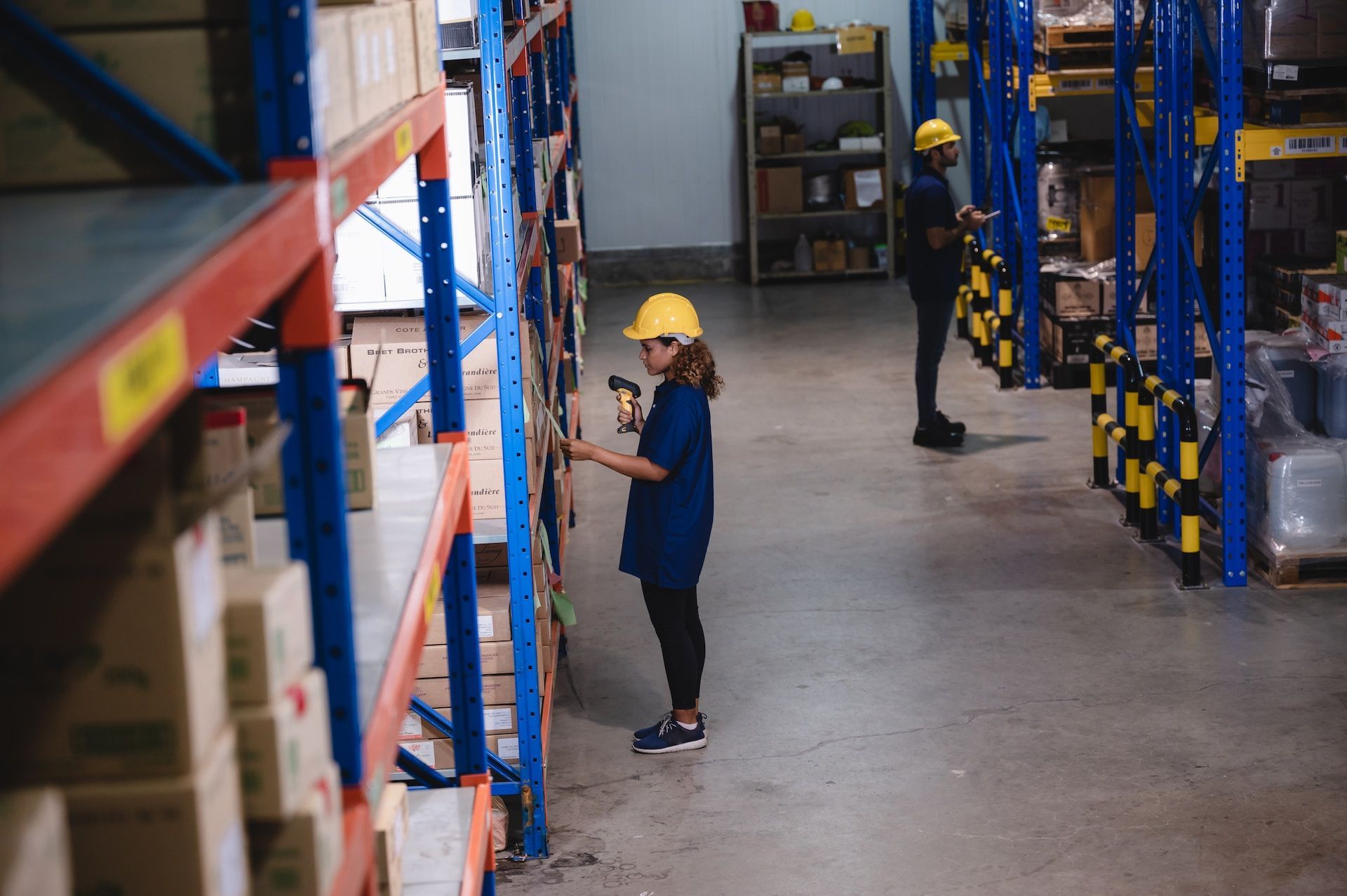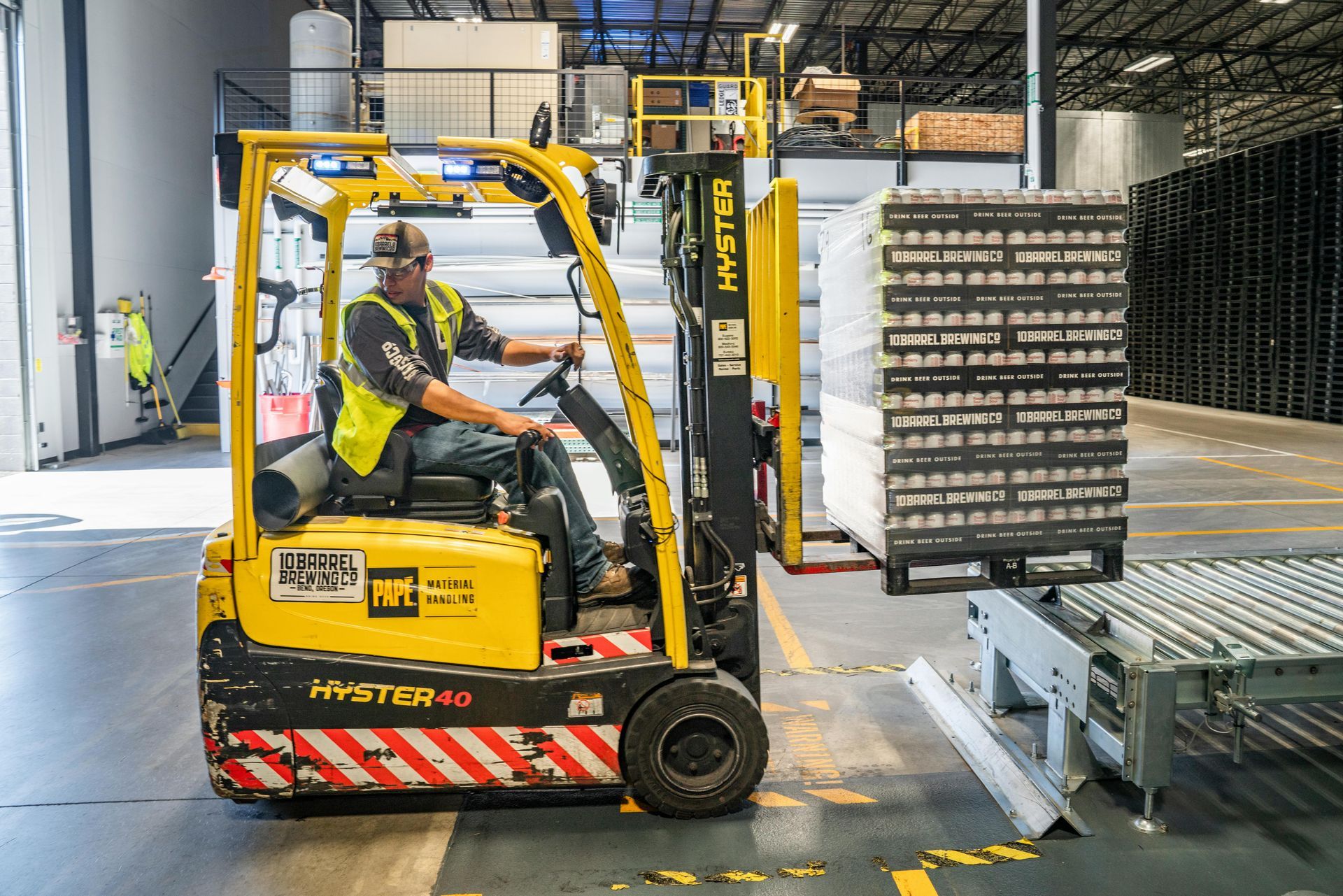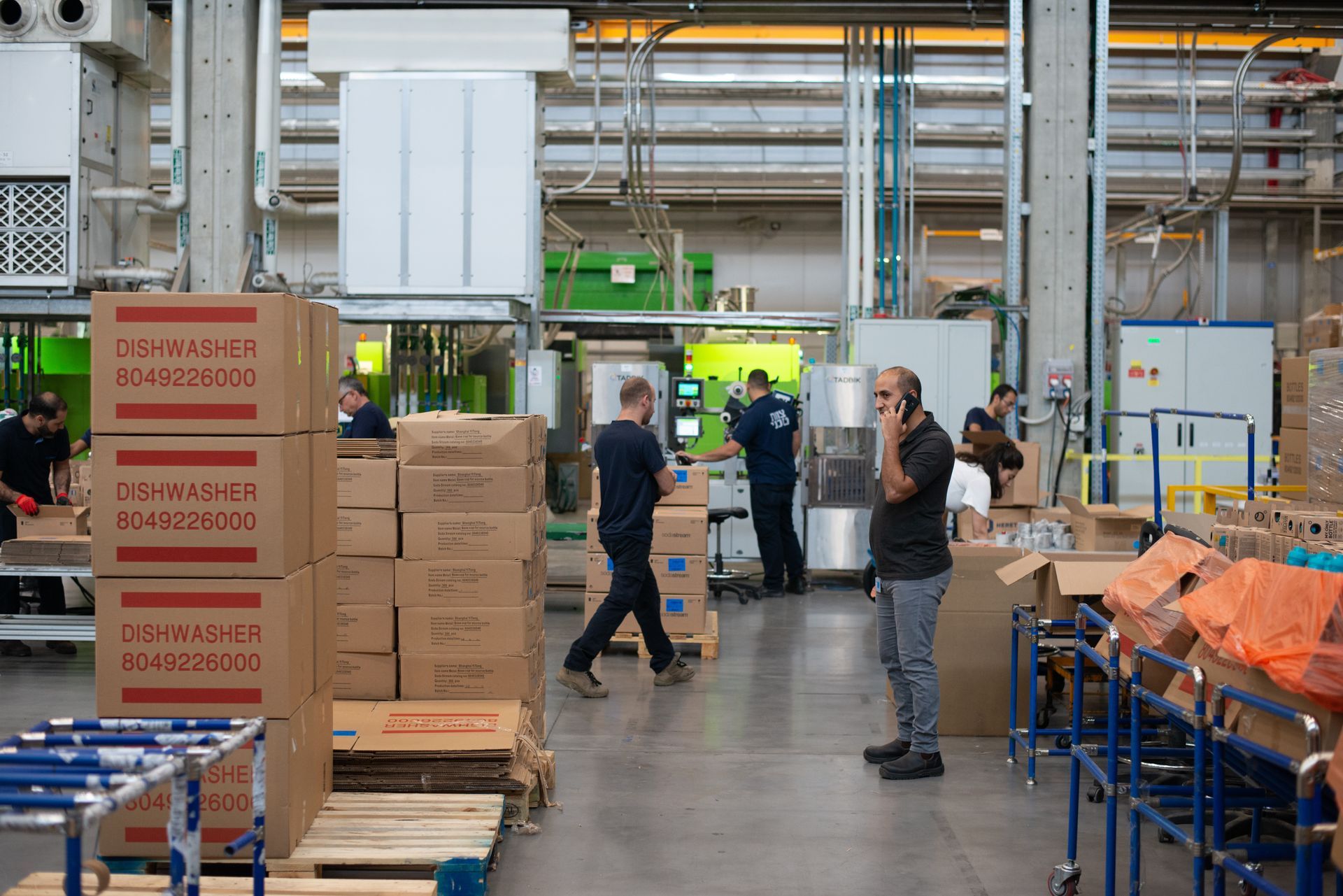Building High-Performing Warehouse Teams: Staffing Strategies for Optimal Success
A high-performing warehouse team is the backbone of any successful warehouse operation, and effectively building such a team requires strategic staffing efforts at every stage of the employee lifecycle. From careful recruitment to ongoing employee engagement and retention initiatives, each step plays a crucial role in crafting a workforce that is not only skilled and proficient but also motivated, dedicated, and invested in the success of the business. In an increasingly competitive warehouse job market, understanding best practices for staffing can provide a significant edge and contribute to the overall growth and profitability of an organization.
In this blog article, we will delve into the art of building a high-performing warehouse team by examining the fundamental components of a successful staffing strategy. We will discuss essential topics such as effective recruitment techniques, personalized onboarding and training, fostering a positive company culture, and promoting employee engagement and retention. Additionally, we will demonstrate how a specialized staffing agency like Front Line All Temps can provide valuable expertise and resources to help warehouse businesses seamlessly navigate the challenges of staffing and build a high-performing team primed for long-term success.
By exploring these crucial staffing elements, we aim to equip warehouse business owners, managers, and HR professionals alike with the insights necessary to nurture and maintain a top-performing team that drives excellence within their organization. When it comes to staffing, what may seem like a series of minor adjustments can amount to a major transformation in workforce performance and overall operational success. Now more than ever, the importance of strategic staffing practices cannot be overstated. In a fast-paced, ever-evolving warehouse sector, the strength, skill, and dedication of your team are non-negotiable assets to your company's continued prosperity and growth.
Effective Recruitment Techniques
In the highly competitive warehouse staffing landscape, attracting the right talent is critical to constructing a well-rounded team. Some vital recruitment techniques to consider include:
1. Explicit Job Descriptions: Create detailed and accurate job descriptions that clearly outline the responsibilities, qualifications, and experience required for each position, making it easier to attract candidates who possess the right skills and background.
2. Utilize Niche Job Boards: Post job listings to warehouse-specific job boards and forums, targeting individuals actively seeking employment in the sector and increasing the likelihood of securing relevant talent.
3. Partner with a Specialized Staffing Agency: Engage with specialized staffing agencies like Front Line All Temps to tap into their expert knowledge of warehouse staffing, extensive network of qualified candidates, and recruiting resources already in place.
Personalized Onboarding and Training
A successful onboarding process sets the stage for long-term employee engagement and retention. Consider implementing these strategies to set your new hires up for success:
1. Tailored Orientation Programs: Develop a warehouse-specific orientation program designed to address the unique challenges and requirements of your organization, helping new hires acclimate quickly and feel connected from day one.
2. Training Roadmaps: Create personalized training plans for new employees that outline clear learning objectives and milestones, enabling them to track their progress and feel a sense of achievement as they advance in their roles.
3. Mentorship Programs: Pair new hires with experienced team members to provide guidance and support throughout the onboarding process, fostering a positive and collaborative work environment.
Fostering a Positive Company Culture
Company culture plays a significant role in employee satisfaction, engagement, and retention. To build a thriving culture within your warehouse team, consider the following strategies:
1. Open Communication: Encourage an environment where open communication is the norm. Offer opportunities for team members to share ideas, concerns, and feedback, demonstrating your investment in their opinions and overall well-being.
2. Empowerment and Recognition: Empower employees to take ownership of their work and recognize their contributions and accomplishments regularly, promoting a sense of pride and motivation among team members.
3. Employee Development: Implement ongoing learning and development opportunities, emphasizing your commitment to helping team members grow and advance within the organization.
Promoting Employee Engagement and Retention
Employee engagement and retention are invaluable for achieving operational success in warehouse management. Improve your team's loyalty and dedication with these effective strategies:
1. Competitive Compensation and Benefits: Offer competitive salaries and benefit packages to show appreciation and value for your employees, reducing the chances of staff attrition.
2. Performance Reviews: Conduct regular performance reviews to provide constructive feedback and praise, demonstrating your commitment to employees' growth and well-being.
3. Team-building Activities: Organize team-building events and activities to foster camaraderie and strengthen relationships within your warehouse team, creating a supportive and united work environment.
Conclusion:
Raising a high-performing warehouse team hinges on a solid staffing foundation, from recruitment to engagement and retention. Investing in strategic staffing practices will ultimately contribute to your organization's overall efficiency and profitability, ensuring continued success in the competitive warehouse sector. By implementing effective recruitment, onboarding, and training techniques, fostering a positive company culture, and promoting employee engagement and retention, your warehouse will be poised for long-term success.
Partnering with a specialized
staffing agency for warehouse jobs like Front Line All Temps can help you navigate the staffing challenges and build a powerhouse team, ensuring a thriving warehouse operation for years to come.










